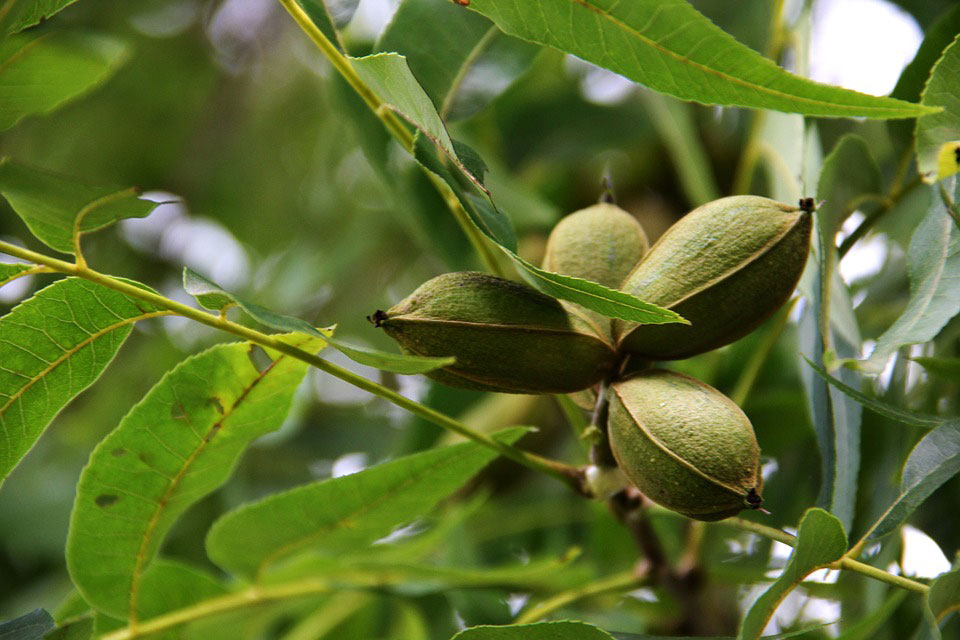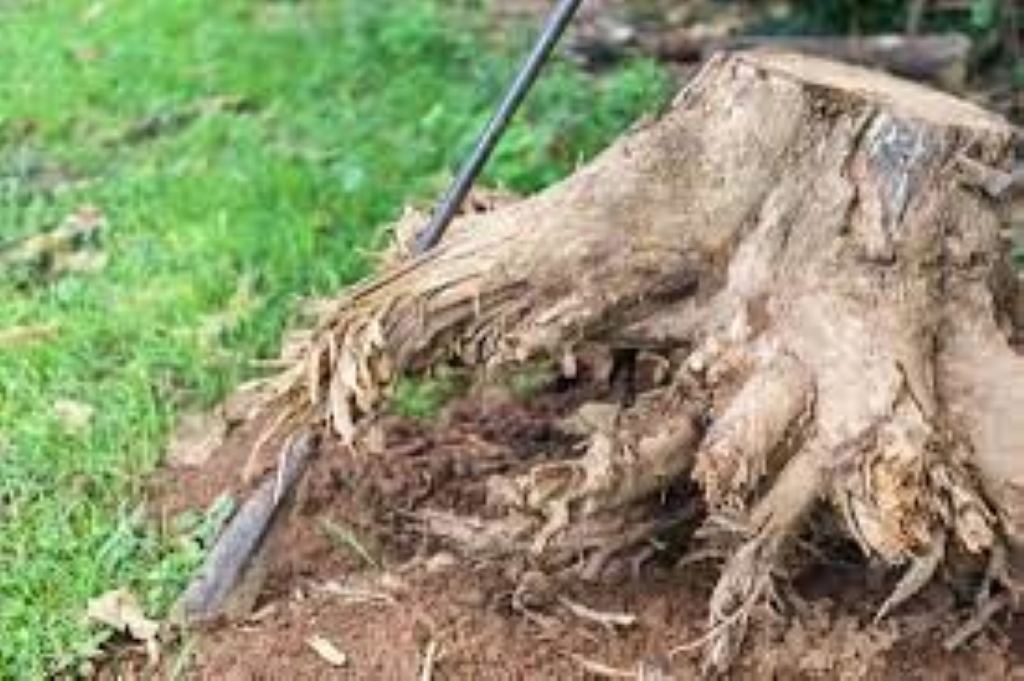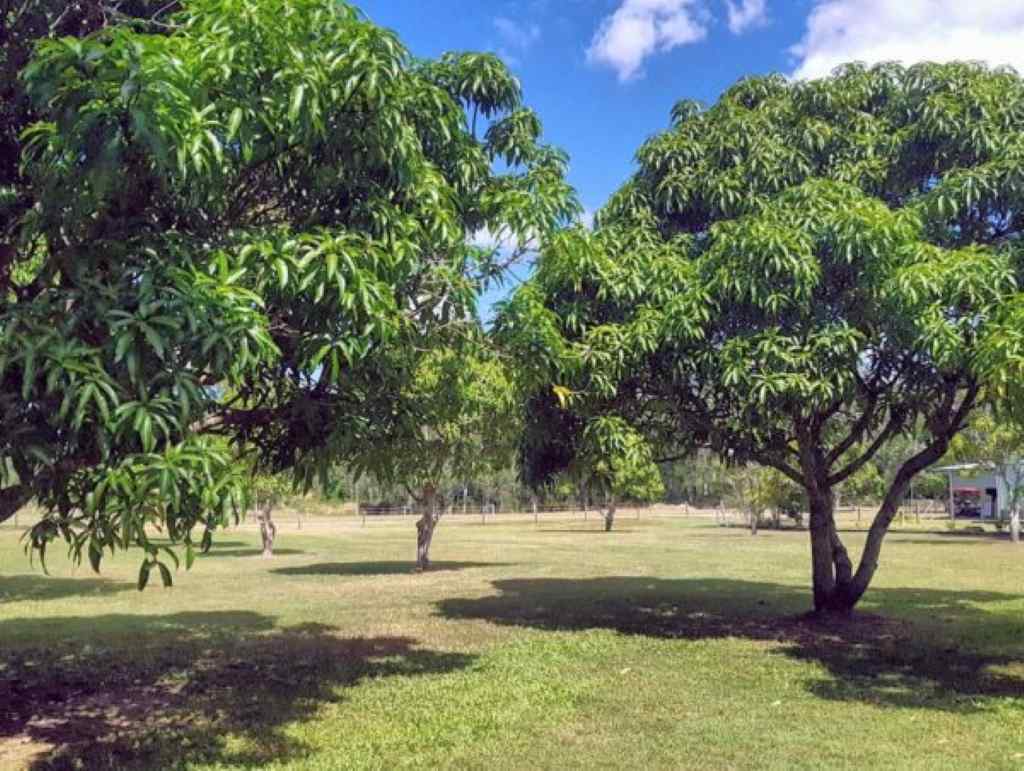Understanding the differences of walnut tree vs pecan tree is critical when planning a landscape. Both species have distinct qualities and benefits, but their differences can influence their usefulness for various settings and applications. In this post, Atascocita Tree Service compares walnut trees versus pecan trees, providing helpful insights to help you make informed selections for your property.
Walnut Tree vs Pecan Tree
Walnut Overview
Growth Characteristics
Juglans spp. walnut trees stand out for their lofty size and wide-spreading canopies, which range in height from 30 to 130 feet. Their compound leaves have 5 to 25 leaflets each, giving them a lush, verdant appearance. Pecan trees (Carya illinoinensis) grow up to 100 feet tall and have large canopies that provide plenty of shade. Their compound leaves often have 9 to 17 leaflets, which contributes to their aesthetic appeal. When given appropriate sunlight, water, and nutrients, both walnut and pecan trees grow vigorously, making them wonderful additions to any landscape.
Nut Production
Walnut and pecan trees are valued for their nut output, which gives delightful and nutritious treats to both humans and wildlife. Walnut trees yield round or oval-shaped nuts with hard, ridged shells. These nuts, often known as walnuts, have a deep flavour and are valued for their culinary versatility. Pecan trees, on the other hand, produce large, rectangular nuts with smooth shells. Pecans are well-known for their sweet, buttery flavour and are in high demand for a variety of culinary applications, such as pies, sweets, and snacks. Walnut and pecan nuts are gathered when mature and can be consumed fresh or integrated into a variety of recipes, adding delicious flavour and texture to dishes.
Walnut Tree vs Pecan Tree: Key Differences
When comparing walnut trees and pecan trees, some major differences arise, determining their suitability for various settings and applications.
One significant distinction is in their nut properties. Walnut trees produce round or oval-shaped nuts with hard, wrinkled shells, whereas pecan trees produce long, rectangular nuts with smooth shells. These variations in nut form and texture contribute to varying flavours and culinary applications.
Furthermore, the flavour profiles of their nuts vary greatly. Walnuts have a rich, earthy flavour with a slightly bitter undertone, making them ideal for a variety of savoury and sweet dishes. In contrast, pecans have a sweeter, butterier flavour that complements sweets, baked products, and confections.
Another distinguishing feature is their leaf structure. Walnut leaves have serrated edges and contain 5 to 25 leaflets, whereas pecan leaves have smooth edges and 9 to 17 leaflets. These variations in leaf morphology aid in the visual identification of each tree species.
Walnut Tree vs Pecan Tree: Environmental Considerations
When choosing between walnut and pecan trees for landscape or agriculture, it is critical to consider their distinct environmental needs. Walnut trees demand well-drained, fertile soil with a pH ranging from slightly acidic to neutral. They flourish in temperate locations with distinct seasons and complete sun exposure. In contrast, pecan trees demand deep, loamy soil with good drainage. They can tolerate hot weather and droughts better than walnut trees. Furthermore, walnut trees may not thrive in areas prone to summer heatwaves or prolonged periods of high humidity, as these conditions can stress the trees and reduce nut output. Pecan trees, on the other hand, are more adaptive to changing climates and may thrive in a broader range of situations.
Related Posts:
Walnut Tree vs Pecan Tree: Landscape Uses
Both walnut and pecan trees make essential contributions to landscapes by providing shade, visual interest, and seasonal beauty.
Walnut trees, with their tall stature and wide-spreading canopies, are ideal shade trees for big yards or open areas. Their lush foliage and lovely bark improve the aesthetics of landscapes, increasing curb appeal and property value. Walnut trees are also regarded for their valuable wood, making them an attractive option for lumber production or ornamental planting. Pecan trees’ towering, broad canopies and gorgeous foliage add decorative value to their landscape. They give plenty of shade and can be used as focus points in home yards, parks, and urban green spaces.
Conclusion
Finally, recognizing the differences between walnut trees and pecan trees is critical for selecting the appropriate tree species for your landscape. Each species has distinct qualities and benefits, which influence their usefulness for specific settings and uses. Walnut trees, with their towering stature and valuable wood, offer shade, visual attractiveness, and the potential for lumber production. Their round or oval-shaped nuts, valued for their excellent flavor, add gastronomic variety to landscapes. Pecan trees, known for their tasty nuts and decorative beauty, have large canopies, colourful foliage, and edible harvests. They flourish in a variety of climates and soil types, making them suitable for a wide range of landscapes.
FAQS
Can walnut and pecan trees grow in the same environment?
Yes, walnut and pecan trees may live in certain environments as long as their soil and climate needs are met.
Are walnut and pecan trees susceptible to any diseases or pests?
Both walnut and pecan trees are vulnerable to some diseases and pests, such as fungal infections, insect infestations, and nutritional deficits. Proper care and maintenance can assist in reducing these hazards.
Are walnut and pecan wood suitable for woodworking projects?
Yes, both walnut and pecan wood are valued for their strength, durability, and appealing grain patterns, making them ideal materials for furniture, cabinets, and ornamental items.
Are walnut and pecan nuts edible by humans?
Yes, both walnut and pecan nuts are edible and are widely utilized in some culinary applications, such as baking, cooking, and snacking.
Do walnut and pecan trees require special trimming methods?
Yes, walnut and pecan trees require frequent pruning to preserve their shape, enhance ventilation, and remove dead or diseased limbs. Pruning procedures, however, can differ based on the age and growth tendencies of the tree.







